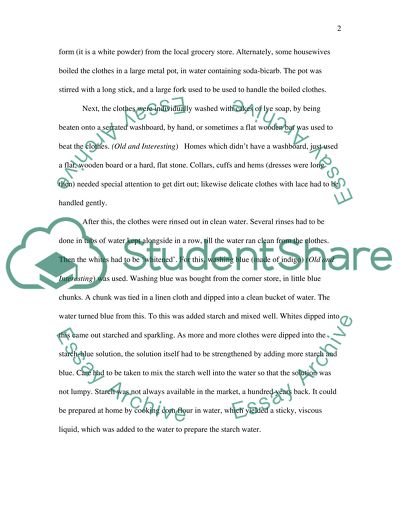Cite this document
(“Laundered Clothes Essay Example | Topics and Well Written Essays - 1000 words”, n.d.)
Retrieved from https://studentshare.org/miscellaneous/1507509-laundered-clothes
Retrieved from https://studentshare.org/miscellaneous/1507509-laundered-clothes
(Laundered Clothes Essay Example | Topics and Well Written Essays - 1000 Words)
https://studentshare.org/miscellaneous/1507509-laundered-clothes.
https://studentshare.org/miscellaneous/1507509-laundered-clothes.
“Laundered Clothes Essay Example | Topics and Well Written Essays - 1000 Words”, n.d. https://studentshare.org/miscellaneous/1507509-laundered-clothes.


